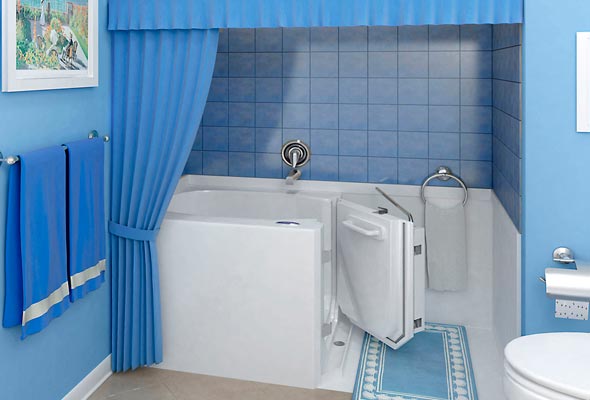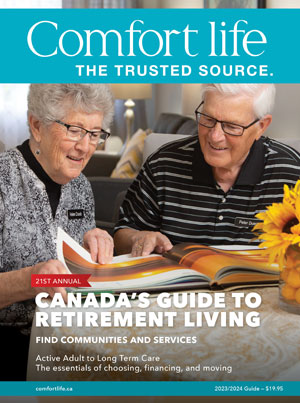How to buy a walk-in bathtub

Walk-in bathtubs are becoming common and for those who still have the ability to walk into a bathtub, they are the “cat’s meow”. Nothing feels better than having a relaxing bath. It is more than getting clean; it relaxes the mind, soothes the muscles and offers relief. For those whose mobility is poor, bathing makes the body feel lighter and allows it to move more freely.
With so many walk-in bathtub models on the market, it is becoming increasingly difficult to choose the best product for your needs. Here are some things to consider before you buy:
Price: Walk-in bathtub models range in price from $3000 to $15000. Depending on options, you should be able to purchase a good walk-in bathtub for around $5000.
Sales Methods: Walk-in bathtubs are being sold online, through dealer networks where you can see the bathtub and try it out, as well as door-to-door salesmen. Be wary of companies with high-pressured salesmen, companies who will not disclose their prices when asked and companies who cannot answer direct questions about their bathtub.
Certifications: Walk-in bathtubs should be certified to safety standards in the country of manufacture. In Canada and the USA, CSA/UL certification is equivalent to that of the American Standards Association.
Installation: Most walk-in bathtubs are no different to install than a regular bathtub and the work can be done by a plumber. Some companies prefer their own installers.
Construction: Common materials used are gel coat fiberglass and acrylic. There is no need for metal reinforcement on a walk-in bathtub. Fiberglass is a very strong material and most acrylic bathtubs are reinforced with fiberglass.
Size: Sizes range from space-saving models which hold approximately the same amount of water as a regular bathtub to large models, which hold considerably more water. Keeping in mind that you must sit in the bathtub while it fills and drains and that some water heaters are not large enough for large volumes of water, having a smaller model may be advantageous. In addition, most bathrooms are relatively small so smaller models are often a better fit.
Inward or Outward Swing Door: The door swing is relative to the size of the bathtub. Inward door swings require a larger area within the bathtub, and often make it necessary for the user to maneuver around the door to enter or exit the bathtub. Inward swing doors use water pressure to keep the door sealed, but do not allow emergency access. An outward swing door permits a smaller bathtub, lower water usage and no maneuvering about the door to exit or enter. And contrary to what some people will tell you - they do not leak!
External Drain: Some walk-in bathtubs have a small external drain below the door on the bathtub. This drain is not there because the bathtub leaks! The “external drain” functions as a “drip tray”; that is, when the door is opened the drip tray catches the water droplets that fall from the open door and seal, thereby preventing water from getting on the bathroom floor and causing someone to slip and fall.
Step In Height: One very important aspect of the walk-in bathtub is the step-in height. Some models require lifting one’s foot more than seven inches to enter the bathtub, which rather defeats the purpose of having a walk-in bathtub. One company has a step-in height that is two inches off the bathroom floor.
Door Closure: When it comes to opening and closing the door on the walk-in bathtub, there are a variety of closure styles, varying from small lever and button actions to long-handled closures which allow for more leverage when opening and closing the door.
Options: Many walk-in bathtubs are available with a warm air or hydro massage system.
For further information on walk-in bathtubs and safe bathing options, visit http://www.safetybath.com
[This article was written by Pat Krushen, website administrator and freelance writer for Safetybath.com]


